Why Scottie Scheffler’s game was meant for links golf

PORTRUSH, Northern Ireland – The world No. 1 stood in a deep, wide squat. He leaned his weight forward with the slant of the dune. He rested his eyes firmly on a ball that required a search party. Royal Portrush’s prickly, tall grass obscured his shins.
This is the kind of predicament that ruins a round of golf, or at the very least halts its momentum. Not for Scottie Scheffler. That man is different.
Scheffler hacked it out with just the right amount of muscle to send the ball trickling to 9 feet, 8 inches away from the pin. When the ensuing putt dropped into the center of the cup, Scheffler had officially made 37 of 39 putts inside 10 feet for the week.
Scheffler’s up-and-down from the hill on the left side of the 11th hole at the Open Championship Saturday is a microcosm of the quality that makes him the golfer he is – or rather, the artist he is. It’s why he maintains a four-shot lead ahead of the final round of the Open, 18 holes away from the fourth major of his career and three-quarters of the way to the career Grand Slam.
He’s the type of player who can cause a championship to feel like it’s over simply by the way he approaches each new task in front of him. No shot presents a hurdle too much to be overcome by Scheffler. Each one simply emerges as his next challenge, or his next project, and yes, links golf is full of them.
“I think it fits my strengths because I like to do things very creatively, and I think out here you kind of have to,” Scheffler said earlier this week. “I think each year we come over, I start learning a bit more and more.”
Scheffler made two key saves for par en route to his bogey-free 67 on Saturday, one being on No. 11, the other on No. 14, when his drive nestled again in the tall grass, finding a spot that could have been adequate for a winter hibernation. Commentators whispered into their microphones if the American would even be able to advance the ball. But if Scheffler was perturbed by what was in front of him, he did not let us know. He stood over the shot, with his looper Ted Scott close by, swapping between two irons, assessing which club to deploy. He picked one. He fired away. Scheffler launched the ball 133 yards, setting up another chance to save par. And of course, he did.
“It was a really nice shot to get the ball out there in front of the green and give myself a decent look,” Scheffler said.
Royal Portrush is a course embedded in a plot of seaside terrain. It has bumps and rolls, ditches and peaks. Simply because of the way the ground is shaped, players will be tested by outcomes they feel like they might not have ever deserved. That’s why embracing the links test, and submitting to its weirdness and beauty, is a necessity. Scheffler, although not particularly experienced in the variances, as he was only introduced to links golf after college, has learned to do just that. But it hasn’t been difficult for Scheffler to grasp, because he already had the DNA.
To understand Scheffler’s expertise is to know that Scheffler isn’t great because his golf swing looks perfect. He isn’t great because of his mastery of analytics and technology. Sure, he’s greater now that he can sink putts like a machine, in part thanks to his putting coach, Phil Kenyon. But Scheffler’s prowess derives from his ability to simply go out there and play golf.
In a conversation with the Athletic in March, Scheffler’s longtime coach, Randy Smith, compared his student to a handyman, referencing Scheffler’s ability to select the right tool to execute the shot in front of him. “He’s not a one-trick pony hitting the same shot every time,” Smith said. “He sees where he wants to go, then he has that sixth sense of the best way to do it.”
Scott candidly calls Scheffler an artist. The caddie just “carries the brushes and has the color available” for the world No. 1.
If this all sounds a bit out there, it’s really not.
To Scheffler, his ability to create opportunities – like the ones that led to his four-shot 54-hole lead – is more formulaic than anything.
“I would say, when it comes to playing, I’m definitely more of an artist. But I like to joke with my coach at home that I’m trying to be a robot,” Scheffler said.
That’s what it’s started to look and feel like. Scheffler is ranked first in strokes gained putting this week at Royal Portrush, and second in approach. He hit half of the fairways on Saturday and still shot 4 under. Scheffler has made an absolute fool of the infamously difficult 16th hole, named Calamity Corner. He has birdied it all three days.
“Going into tomorrow I’m going to step up there on the first tee and I’m going to be trying to get the ball in the fairway, and when I get to the second shot I’m going to be trying to get that ball on the green. There’s not really too much else going on,” Scheffler said.
The ease with which the results appear is down to Scheffler’s eye and his feel. Scheffler got himself to this point, poised to snag his fourth major championship and first Open, because of a process that looks otherworldly to the rest of us but feels effortlessly simple to him. That’s it – the art of Scottie Scheffler.